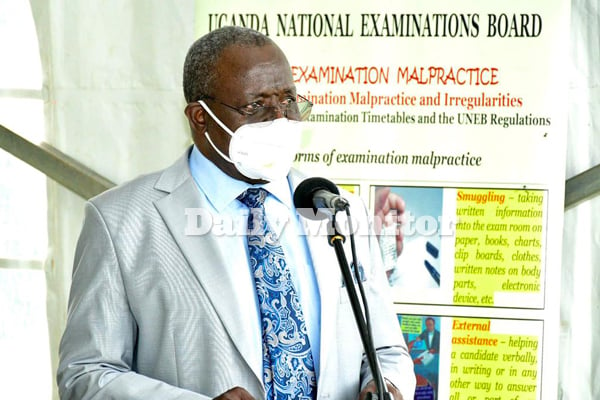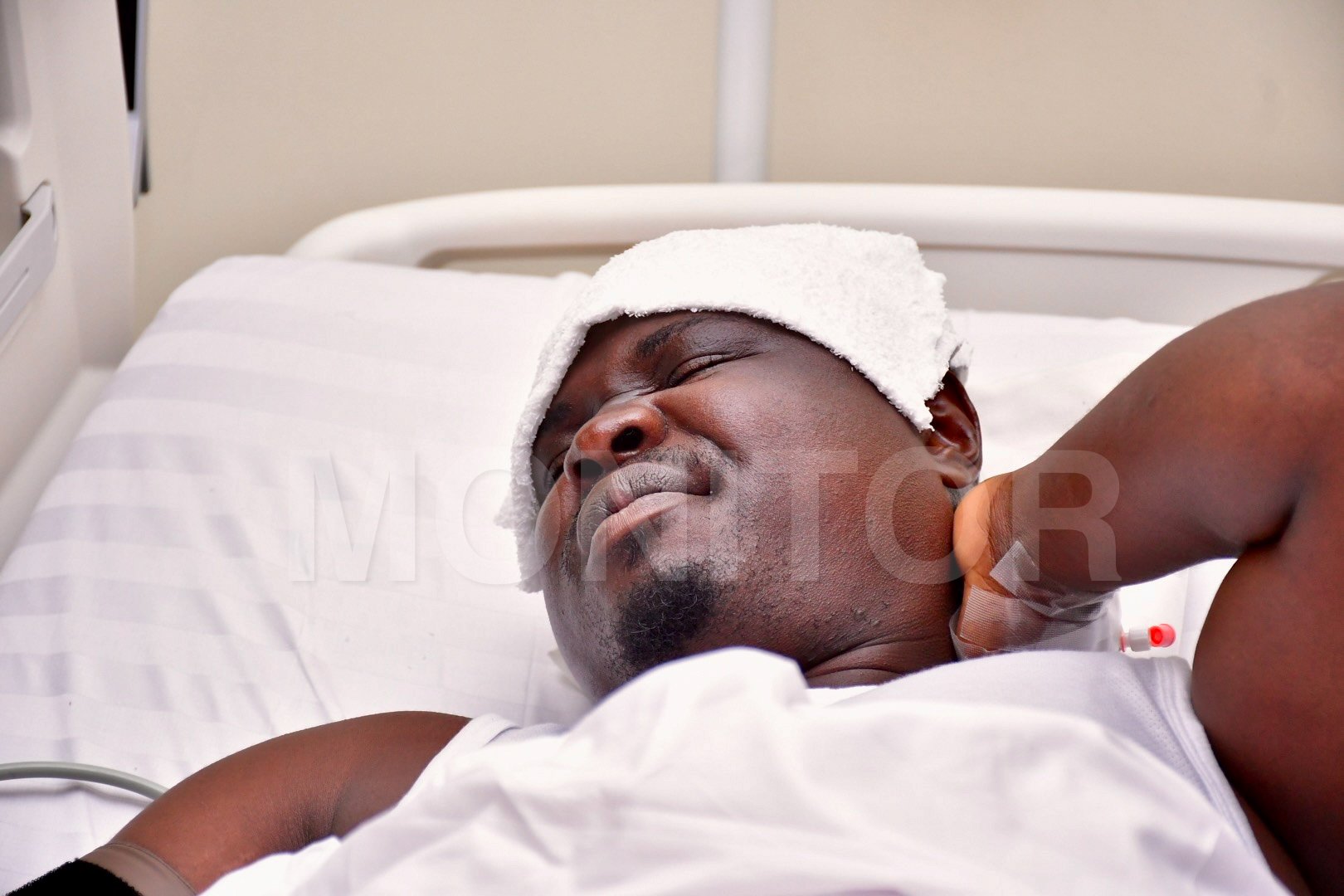Prime
More pupils qualify to join post-primary institutions than before, says Uneb

UNEB executive secretary, Mr Dan Odongo pictured during the official release of the results on July 16, 2021. PHOTO/ DAVID LUBOWA
The Uganda National Examination Board (UNEB) has said more primary seven candidates obtained Division One in 2020 than in the academic year 2019 despite the hardship brought about Covid-19 pandemic in the education system.
The education sector is one of the most affected sectors in Uganda’s economy by the negative impact of Covid-19 pandemic, which has resulted in schools closing for more than a year.
Presenting the PLE results Friday, Mr Dan Odongo, the board’s executive secreatry said in terms of numbers, 659,910 candidates passed the PLE compared to 617,150 the previous year.
“Overall, therefore, more pupils qualify to join the post-primary institutions than the previous year,” he said.
The Uganda Primary Leaving Education principle is that a candidate is deemed to have passed if he/she obtains Divisional grades of 1, 2, 3 or 4. Such candidates will qualify to register for any post primary examination conducted by UNEB.
However, division U is considered a failure. Mr Odongo said that this Division U (Ungraded) is awarded to candidates who have failed to reach the minimum level of performance that can be awarded at least a Division 4.
“Such candidates are advised to repeat,” he said.
In terms of subject performance, Uneb said Social Studies with Religious Education (SST) remained the best performed subject.
The UNEB PLE results indicate in SST, performance improved at the distinction and credit levels while overall pass level remained the same.
In the results released, UNEB said there was an overall improvement in performance at the minimum pass level.
However, on the other hand, the results show that distinction level passes declined slightly but the credit level remained the same.
Integrated Science recorded an improved performance at the distinction level, similar to the levels seen before 2019, but the overall pass level declined slightly.
The results show that Mathematics had a slight drop in performance across all three pass levels.
Mr Odongo said the females performed better than the males in English, but the reverse is true for the other three subjects; Social Studies & Religious Education, Integrated Science, and Mathematics.
“As we have reported in previous years, candidates’ performance in English and Mathematics tended to be poorer in questions requiring free expression or application of learned concepts in problem solving situations. Candidates performed better in questions that were direct and based on recall,” he said.
Speaking about observation by examiners, Mr Odongo said examiners again reported good handwriting and organized work presented by candidates.
He said the PLE results indicate that the number of candidates scoring zero in various subjects has generally increased compared to previous year.
The PLE results further reveal that the non Universal Primarily Education (UPE) candidates performed better than the government aided UPE candidates.
Mr Odongo said studies conducted by UNEB through National Assessment of Progress in Education (NAPE) have consistently shown that learners in schools located in urban areas achieve at higher levels of proficiency that their peers in schools located in rural areas.
“Reasons for this include the fact that teachers in the urban schools tend to spend more time on tasks, there is a higher level of parental involvement in the learning process, better access to facilities that supplement classroom teaching among others,” he said.
A total of 749,761 candidates from 14,300 centres (schools) registered for PLE in 2020 compared to 695,804 in 2019.
In 2020, analysis by gender indicated that 353,925, which represents 47.2 percent boys were registered compared to 395,836 representing 52.8 percent girls, indicating that more girls than boys completed the Primary Education cycle.
Mr Odongo said this has been the trend in the last five years.
The board registered 1,599 learners with special needs of various categories such as sight and hearing impairment, physical disability and the dyslexics among others. Of these, 752 representing 47.0 percent are females and 847 representing 53.0 percent are males.




